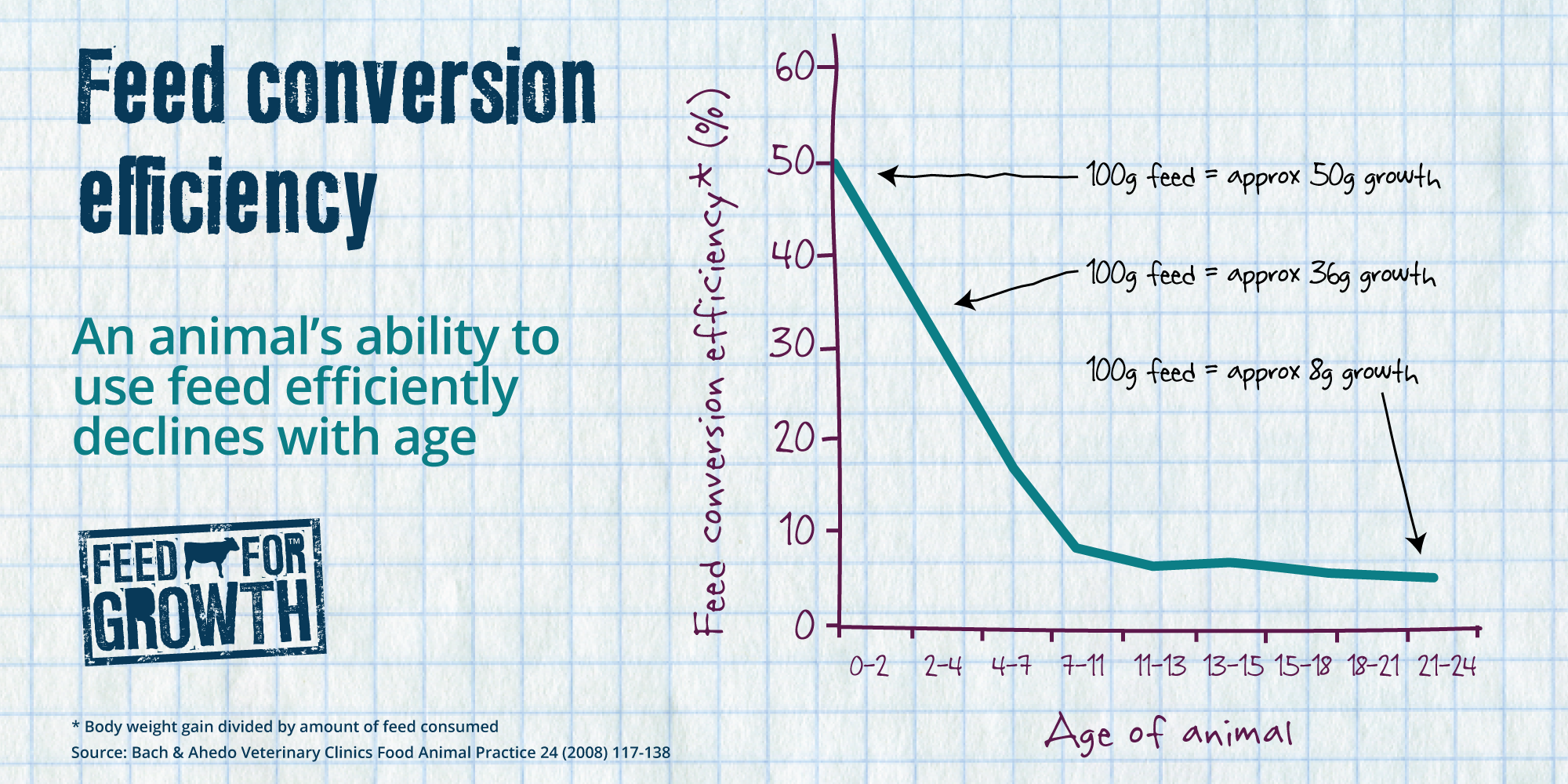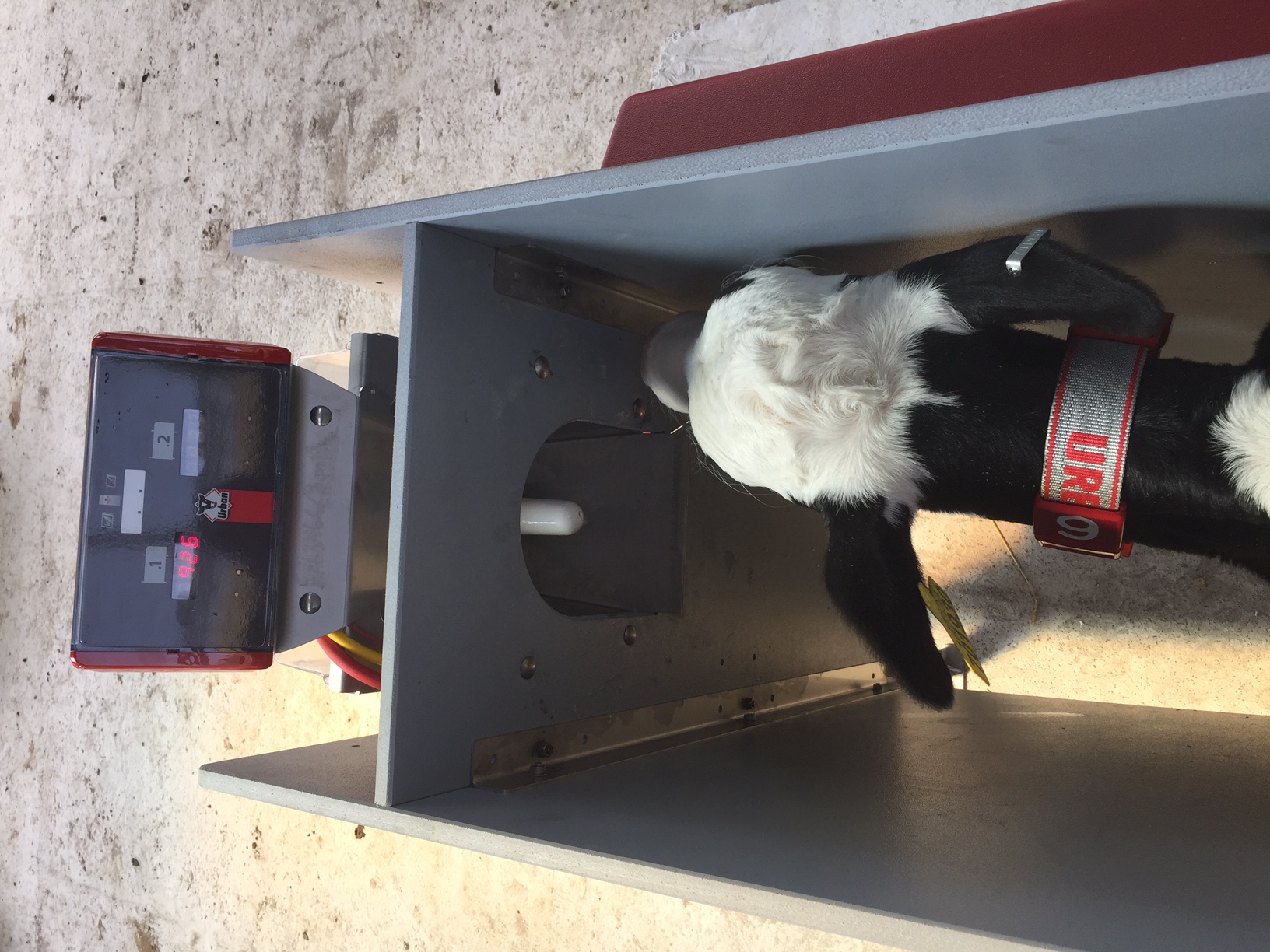The ‘Calf Health Series’ – brought to you by AgriLand and Volac – is aimed at providing farmers with the necessary advice and practices that need to be implemented during the rearing period.
In the following article, we will have a look back at the important steps and considerations that need to be applied during the early stages of the calf’s life, to ensure that the animal reaches its full potential.
The first three months of a calf’s life are critical. Optimising nutrition and minimising morbidity during this period are essential to ensure the calf has the best possible chance of achieving its full genetic potential for growth and feed conversion efficiency.
As milk is the essential feed for at least the first eight weeks of a calf’s life, it is important to consider the range of milk feeding systems available.
Feeding the calf
Due to cost, availability and ease of management, milk replacer will be the choice for most calf rearers. The quality and quantity of proteins in the powder is vital – it should have 20-23% protein for rearing bull calves, and preferably 23-26% protein to support good frame growth in replacement heifers.
Protein quality can be an issue, so it is important that the milk replacer has good-quality milk protein as the main ingredient – this will be listed first on the label. Both skim and whey are sources of milk protein. The quality and processing of the milk protein is fundamental for digestibility.
Furthermore, not all whey is the same. Whey powder is lower in protein than concentrated whey protein. Volac filters and concentrates up the liquid whey fraction of milk and collects the key proteins, fats, sugars and other bioactive components which are important for calf growth and development.
The resultant ingredient is imunopro® – a concentrated whey protein base – found in all Volac milk formulas. Fat levels should be 16% with sufficient minerals and vitamins. Fat levels of 16% will encourage early intake of concentrate ration.
Milk replacer, together with calf starter, provide energy and protein to support growth. Calves should double their birth weight by weaning, typically around 80-85kg at eight to nine weeks-of-age. This equates to a body weight gain of 700-900g/day.
The amount to feed to hit the target will depend on the number of days on farm, calf entry weight, dry feed intake, and the target growth rate and exit weight, as well as several environmental factors such as temperature and disease.
However, a rough indication of whether you are feeding enough to achieve the target growth rate can be calculated using the feed conversion rate for a calf, which is around 50% during the milk feeding period.
Add up the total grams of milk replacer and starter concentrate being fed to each calf every day (e.g. 900g milk replacer + 500g starter = 1,400g/day) and divide this figure in half (1,400g ÷ 2 = 700g/day) to get the estimated daily liveweight gain (DLWG).
Feeding systems
Provided calf health, husbandry and housing are correct calves can be successfully fed using a variety of systems, including cold ad libitum, warm ad libitum, bucket fed once a day (OAD) or twice a day (TAD), and computerised feeding systems.
TAD is a restricted feeding system in which calves are fed twice during a 24-hour period. It can be labour intensive but allows for good calf supervision.
With appropriate feeds and feeding management this system can be adapted to achieve very high performance in situations where ad-lib feeding is neither possible nor practical.
A typical volume of milk fed is 2.5 or 3L per feed, two times a day, providing the calf with a total of 5 or 6L of milk per day. Milk replacer should be mixed at either 125g/L or 150g/L (always mix at the chosen concentration consistently).
Calves need to be fed TAD with milk for at least the first four weeks of life to satisfy their nutritional needs. But by four weeks-of-age, the calf starts to eat increasing amounts of solid feed and will be able to start digesting it.
If the calf is consuming adequate dry feed at four weeks-of-age to constitute a ‘second’ feed, the amount of milk offered can be reduced to OAD. OAD is a restricted feeding system with very low labour input and is ideal for the farmer with lower calf growth rate requirements.
The system requires a high level of stockmanship as calves are only seen drinking once every 24 hours. The typical volume of milk fed is 3 or 4L per feed OAD, with a mixing rate of up to 200g/L.
With increasing numbers and batches of calves being put through systems, computerised calf feeding has gained in popularity. Computerised feeders cut down labour significantly and allow time for improved calf husbandry. The little and often feeding promotes calf health and encourages earlier intake of dry feed.
Probably the biggest advantage of computerised calf feeding is the gradual weaning where setbacks to growth rates are avoided.
Irrespective of the system, consistency in milk temperature, concentration, volume and time of feeding is key.
Water, roughage and dry feed
In order to achieve a targeted 700-900g/day the calf must start eating a high-quality calf starter as early as possible in life. This should be offered from day three to five. A good-quality calf starter should typically contain 18–20% crude protein.
Calf starter should be palatable and dust free and refreshed daily to encourage early intake. For roughage supply up to weaning, clean fresh barley or oaten straw is preferred in racks or offered chopped in separate buckets to the starter feed.
In addition to milk, clean fresh water must always be available from day one, to support rumen development. Water contained in the milk is not enough because milk bypasses the rumen in healthy calves. Water is also important to encourage dry feed intake – for each 1kg of concentrate consumed the calf will drink 4-5L of water.
Weaning calves
The criteria for successfully weaning calves are:
- Consuming at least 1.5kg calf starter per day for three consecutive days;
- Body weight of 80-85kg (double birth weight);
- Minimum age of eight weeks;
- Healthy and not stressed.
For calves being fed ad libitum, twice daily or on a computerised feeder, the amount of milk offered should be reduced for the last three weeks before weaning.
The amount of milk solids fed should be reduced to ≤750g milk powder per day (e.g. 5L mixed at 150g/L). This allows more intake of starter feeder which aids in rumen development and improves post-weaning digestibility.
Calves that have been eating sufficient starter feed for three weeks before weaning will be better equipped to cope with the transition from milk to solid feed, ensuring that they maintain growth around weaning.
Post-weaning
Animals need to keep growing at a minimum of 0.7kg/day after weaning to meet the target weight and age at either breeding and first calving or slaughter. Appropriate post-weaning nutrition is necessary to avoid both over and under feeding.
Heifers must not become over-fat as this can affect their fertility. Grazed grass remains the cheapest source of high-quality feed. However, if weather and grazing conditions are poor and heifers fall behind the target growth rate, it may be necessary to provide supplementary concentrates.
For all calves, be it heifer or dairy beef calves, take advantage of the early high-growth potential over the first two to three months of life. Feed calves enough high-quality milk and starter to supply them with the energy required to support the target growth rate.
Part 1: Calf Health Series: The power of colostrum must not be underestimated
Part 2: Calf Health Series: What should I feed, and how much, for optimum condition?
Part 3: Calf Health Series: Which feeding system is best suited to your farm?
Part 4: Calf Health Series: Hygiene and biosecurity must not be overlooked in the calf house
Part 5: How to provide the perfect environment for calves
Part 6: Calf Health Series: Why feed conversion efficiency is highest during the pre-weaning period
Part 7: Calf Health Series: Maximising and monitoring performance through to weaning
Part 8: Calf Health Series: Dealing with scour in young calves




